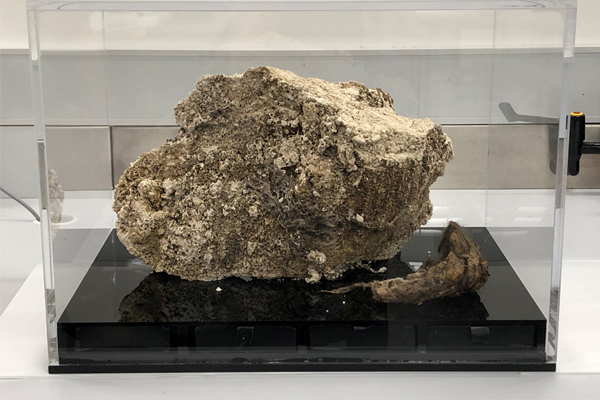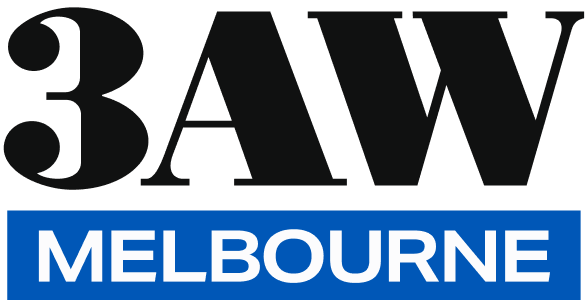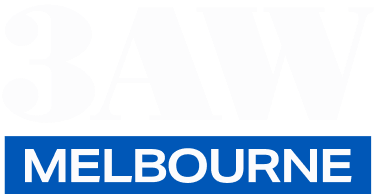The ‘fatberg’: Icky exhibition item shows what happens when you flush wet wipes

Yarra Valley Water has donated a rather icky item to the Melbourne Museum, designed to show people what happens when they flush wet wipes down the toilet.
Pat McCafferty, managing director of Yarra Valley Water, told Ross and John the item is called a “fatberg” and they come much bigger than this one (above).
“It’s just 10 per cent of the fatberg that we pulled out of the system,” Pat said.
“They occur when we have a large masses of waste building up in the sewerage system, when fats and oils combine with other materials like wet wipes.
“Fats and oils and grease should always be disposed of in the bin.
“Both nationally and internationally we have a big problem with wet wipes.
“The issue with wet wipes is that they can be marketed as being flushable, and just because you can flush it doesn’t mean you should.
“People are twice as likely to flush them if they think they’re biodegradable.”
Click PLAY below to hear more
FATBERG FACTS
- Fatbergs cost Yarra Valley Water alone nearly $1 million a year.
- Yarra Valley Water removes almost 650 tonnes of wet wipes and rags from the sewerage system.
- Each week Yarra Valley Water will remove nearly 14 tonnes of wet wipes and rags from the sewerage system.
- Wet wipes cost the urban water industry in Australia almost $15 million a year.
Image: Melbourne Museum



